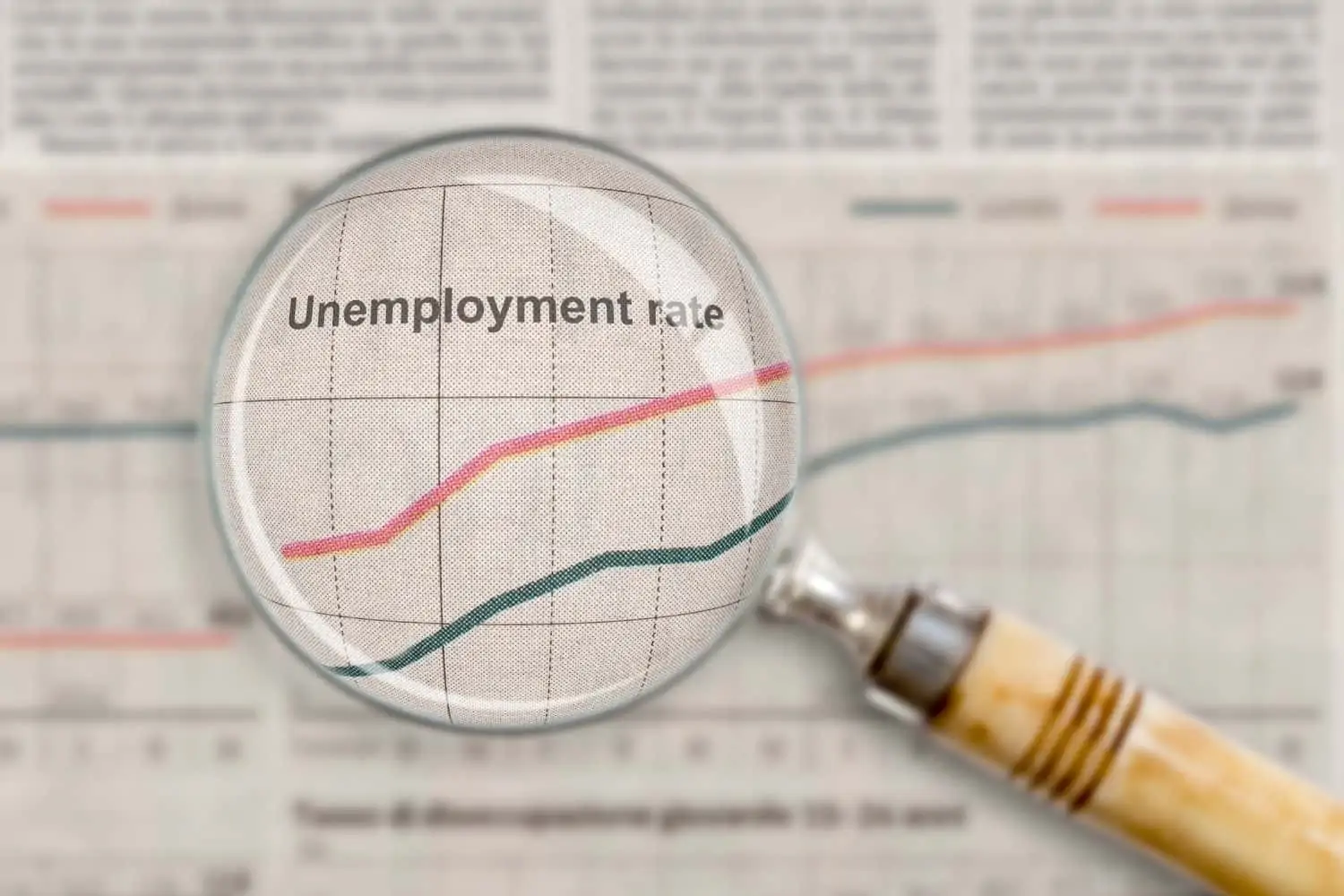Statistics SA’s acting deputy director-general Nozipho Tshabalala briefed Parliament’s portfolio committee on how the Covid-19 lockdown has affected employment and labour during the second quarter.
Unemployment rate went up compared to the first quarter
StatsSA indicates that, when compared with the first quarter, the second quarter saw an increase of 1.8% in jobless people.
And according to Tshabalala, many Covid-19 restrictions created “an obstacle to collect data and operations“. Thus, StatsSA restored to collecting data via computer-assisted telephone interviewing.
The labour force results showed that there were increases in both unemployed and discouraged work seekers while 584 000 more people became unemployed.
“The finance sector saw an employment loss of 278 000 jobs, community and social services dropped by 166 000 and manufacturing employment decreased by 83 000.”
Tshabalala also further explained that unemployment figures went from 7.2 million in the first quarter of this year to 7.8 million in the second quarter. And discouraged job seekers increased by 186 000.
Black African population group remains the highest when it comes to unemployment
Malerato Mosiane, the Chief director of labour statistics at StatsSA, elaborated that the unemployment rate among the black African population group “stood at 38.2% and remains higher than the national average and other population groups from 36.7% in the first quarter.”
He further stated that black African women have the highest rate with 41.0% being unemployed.
Out of 10.2 million young people (age 15-24), approximately 3.4 million (33%) are not in employment, education or training.
Mosiane added that of the 14.9 million individuals who were employed in the second quarter, at least eight in every 10 (82.7%) were expected to work during the national lockdown by the companies or organisations they worked for.
ALSO READ: Government masterclass urges youth to turn waste into income
